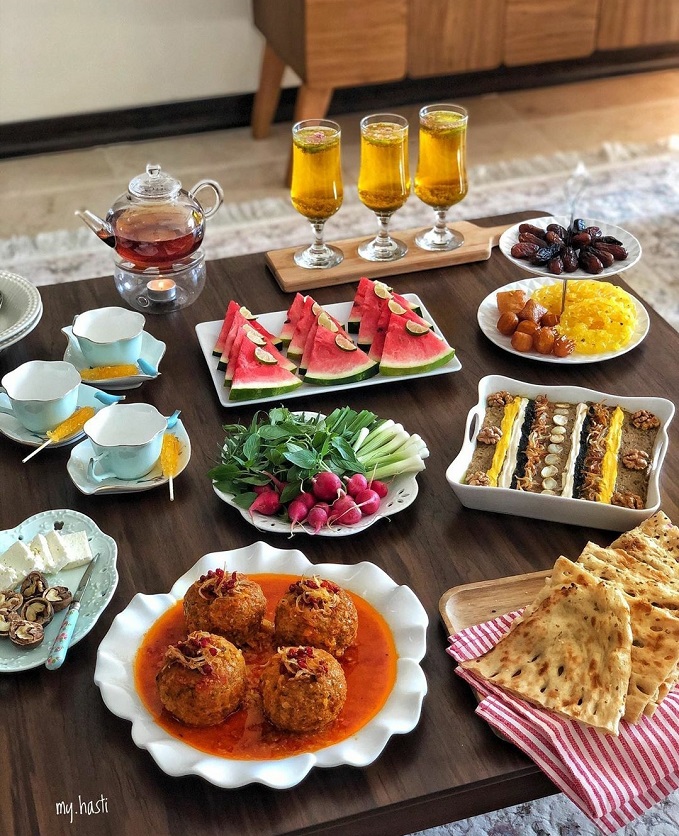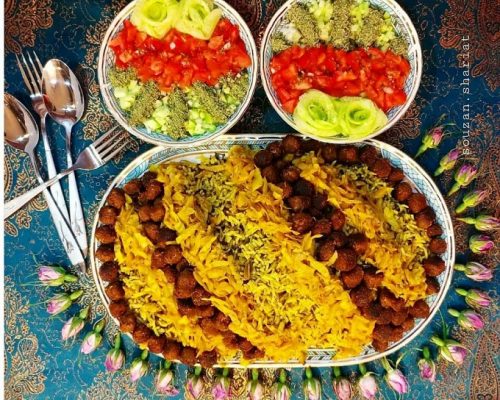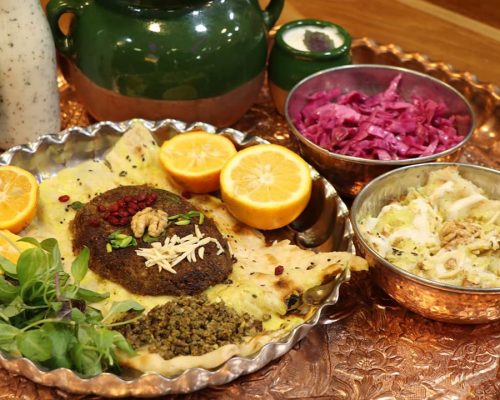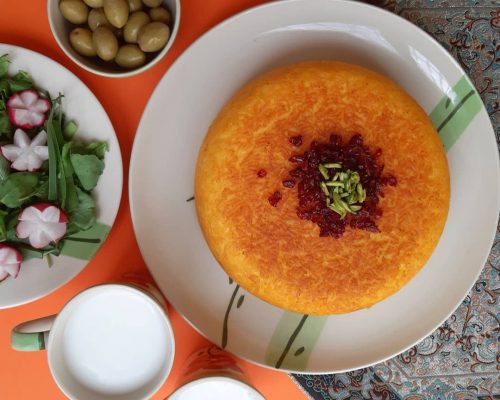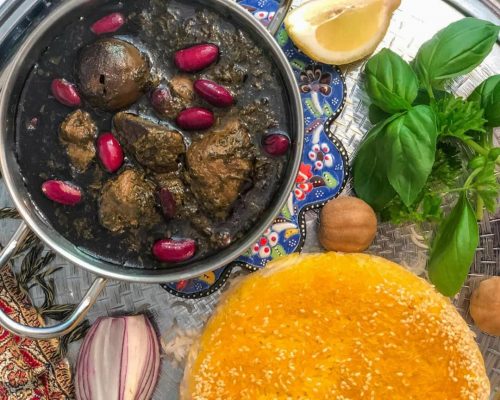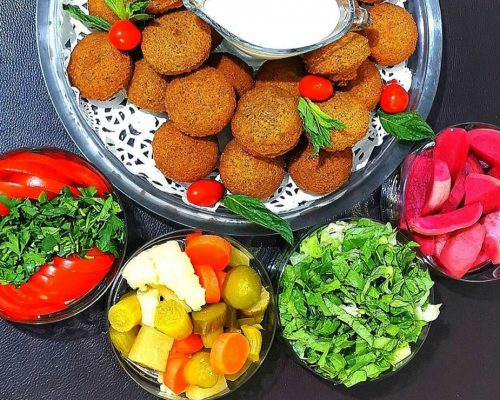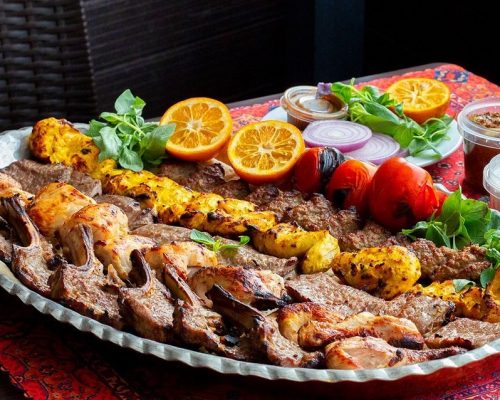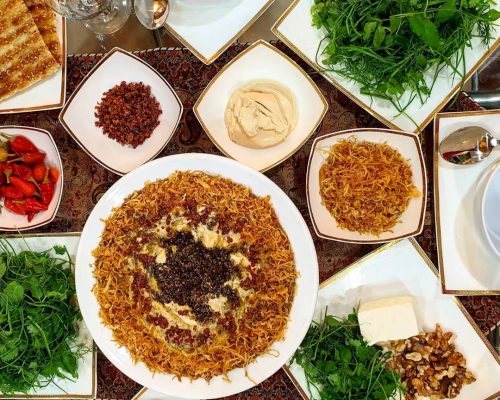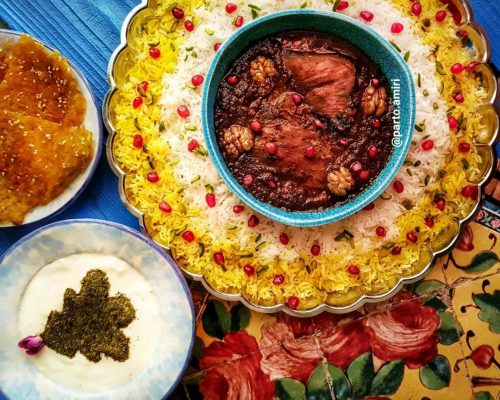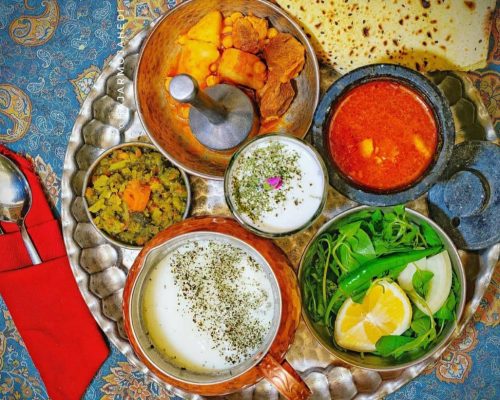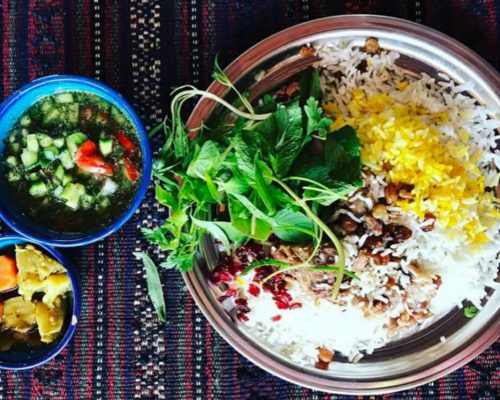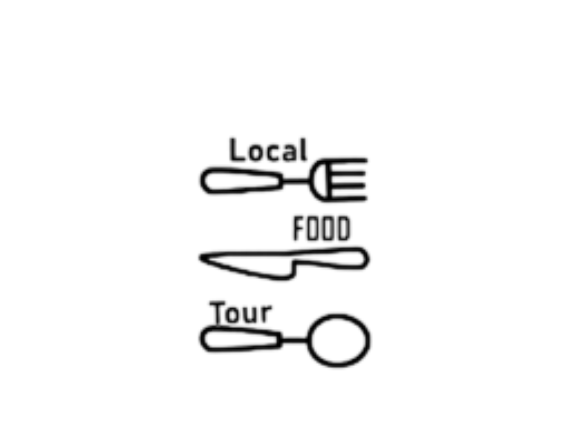If you’re reading this, it means you’re definitely planning to come to Iran. You’re probably looking for something more than just the usual tourist experience. You want to truly immerse yourself in Iran’s culture, like enjoying a delicious experience. Maybe you even want to bring a little piece of Iran back with you, like learning to cook a tasty Iranian dish.
As mentioned, the way Iranians cook is part of their diverse culture, just like many other traditions in Iran. This vibrant culture is spread across all cities and provinces, much like the unique landscapes and weather found throughout the country. Just as there are different Ethnics, like Turks, Lurs, Kurds, Balochis, Gilakis, and more in each area of Iran, you’ll find a variety of foods and flavors. Southerners derive their share from the sea, northers rely on the blessings of the sky for their fields, and the east is influenced by neighboring countries, while the west follows the culinary patterns of Mesopotamian lands.
Iran is a haven for food lovers, with a wide variety of spices. Spices are so important in Iran that there once existed a lively route known as the Spice Road. Saffron, the world’s most expensive spice, is grown in Iran. Lots of Iranian dishes and sweets earn top global rankings, climbing higher each year. Now, with a fresh perspective on Iranian cuisine, take a new look at this country. If you want to be part of this joy and help share Iranian food culture worldwide, join me, and let’s enjoy the flavors of Iranian culture together.
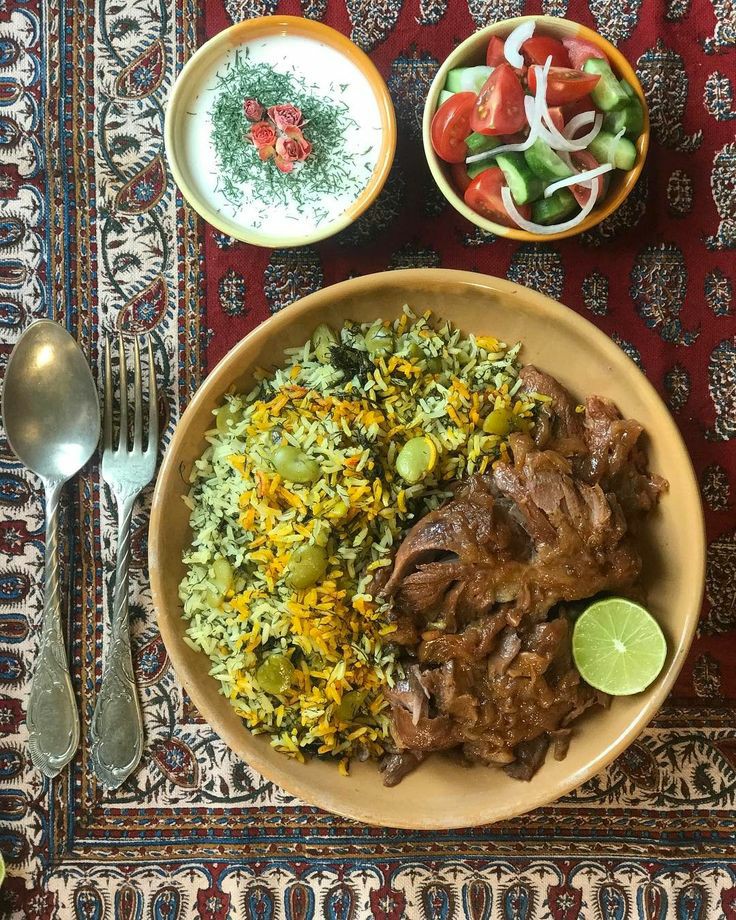

In the heart of Iran, in Shiraz—a city that cradles peace and beauty in the gentle passage of time, where streets are designed with charmed flowers and the sweet tunes of singing birds, inviting the heart to moments of poetry and love—Gardeshgaran Group invites you to join a unique culinary journey and be our “Hamsafar-e- Sofreh which” means the Table Companion”. In Iranian Culture we call the table cloth ” Sofreh” and we lay it down on the ground. Sofreh holds a special place in Iranian culture. This is where the respect for guests, considered as special and divinely favored, shines brightly. The presence of guests is honored as cherished individuals, creating a sense of unity and intimate connection. It also provides an opportunity to share delightful moments with companions. In essence, Sofreh in Iran not only has a social significance but also symbolizes affection and friendship, displaying its unique warmth in the heart of every home.
This is more than a journey about food; it’s filled with laughter, tasty secrets, and the genuine hospitality of Persian homes. As you arrive at this garden, you’ll find its doors wide open to welcome you. The host greets you warmly, welcoming your entry by waving the smoke of Espand—an aromatic plant in Iranian culture used to remove negative energies and evil spirits, a longstanding tradition. The place you’re invited to is a school for learning about tourism. It’s a spot where people can get the education, they need to work in the tourism industry. They cover things like travel and tours, hospitality, and cooking too.
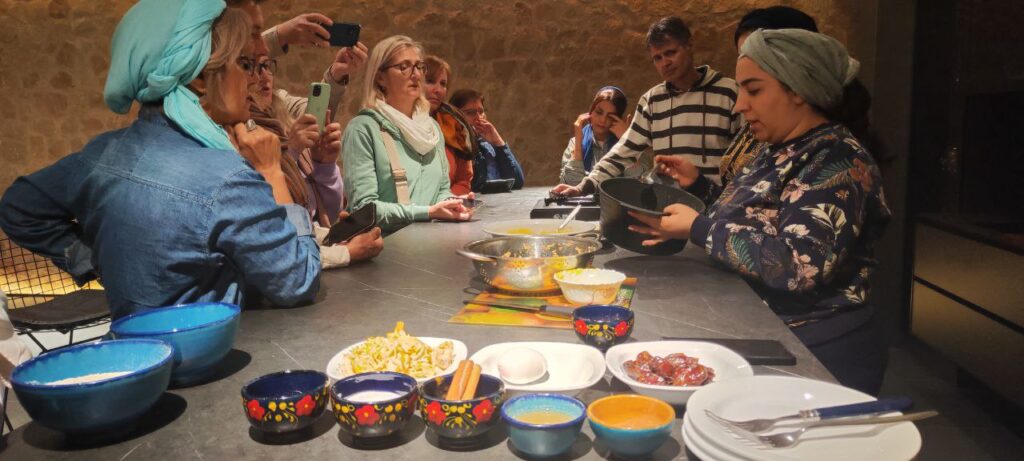
Imagine stepping into a cozy Iranian home, greeted with a refreshing drink. The air carries a sweet scent, making the evening feel warm and welcoming. In this garden, the cooking class becomes a fun and creative experience. Skilled hands guide you through the art of Persian cooking, sharing secrets that make the flavors unique and special.
As our guest, you are highly cherished and valued in our culture. We see guests as friends of God, beloved individuals. But we’d like you to think of this place as your home. Let’s work together to create a vibrant table, hand in hand.

